University of Idaho’s Aquaculture Research Institute determining economic viability for Lota lota
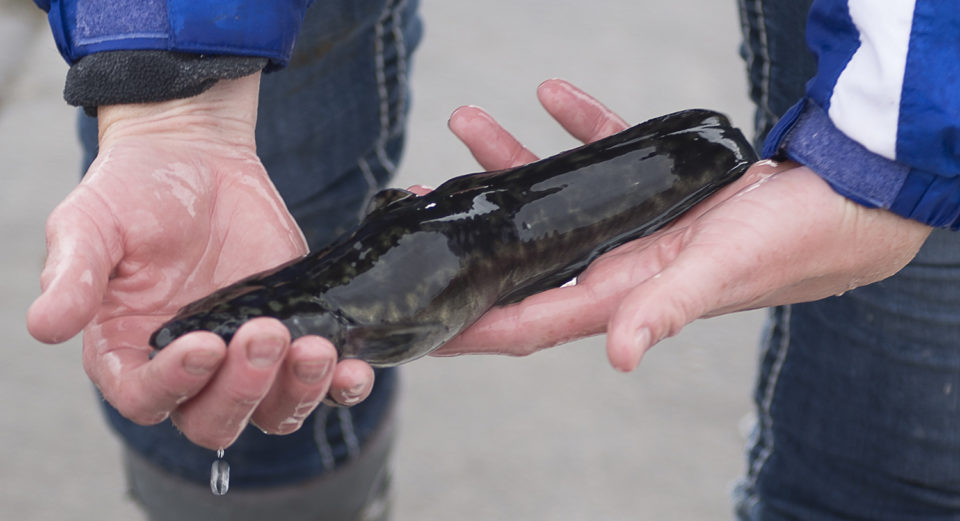
Ken Cain watched closely as a successful sturgeon caviar industry was developed in the United States following early conservation efforts for the California white sturgeon. He’s convinced the same potential is there for burbot (Lota lota) a freshwater cod species he’s been researching since 2003.
Cain, associate director of the University of Idaho’s Aquaculture Research Institute, was recruited to increase the burbot population in the Kootenay River for conservation purposes back in 2003. Plans have since changed.
“At the time the native population in the Idaho portion of the river was between 50 and 100 fish, so they were considered functionally extinct,” he said. An important species for the Kootenay Tribe in North Idaho, burbot are also popular among sport fishermen in Idaho and British Columbia.
Cain helped establish a burbot hatchery for the Kootenay Tribe in 2015 and by January 2019 the population had finally recovered its numbers enough to support a sport fishery for the first time since 1992. In the process of breeding burbot Cain and his colleagues noticed this species’ potential for commercial production.
“They grow well under conditions similar to trout, are more resistant to many of the common diseases to which salmonids are susceptible, and they have a firm, white, great-tasting meat,” he said. In 2017, a number of burbot were processed and supplied to the Snake River Grill in Hagerman, Idaho. Customers who ordered burbot at the restaurant were surveyed and 90 percent said they would order it again.
“It’s a very good tasting, good quality fish,” said Leo Ray, owner of Fish Breeders of Idaho, who hand-processed the burbot for the restaurant.
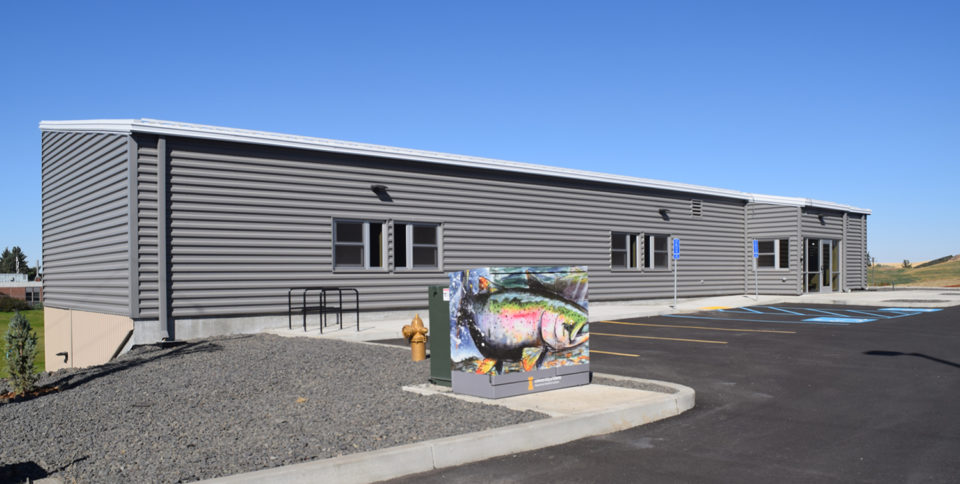
Cain and his research team are actively working on nailing down the economics, diet formulations and overall feasibility of commercial burbot production with funding from the U.S. Department of Agriculture and the Western Regional Aquaculture Center. He has two years of research grants remaining and is actively seeking additional funding.
“We’re communicating with groups in Europe who are cultivating burbot for commercial production and are just in their beginning stages,” he said. “The liver and roe are considered a delicacy there and the skin is used to make leather. But for this to become commercially viable in North America we need some companies to invest in the production of juvenile fish – perhaps folks working on salmonids,” he said.
“This is a species that does well in cold water. I’d guess that initially Idaho would be one of the prime areas to grow burbot, but I think there’s an open door, and whether it’s a company with spring-water sources or well-water sources at the right temperatures, or a company looking at a recirculating aquaculture system, it’s up for grabs right now.”
Cain and his team have published their research on burbot, including on its susceptibility to disease, and are happy to make that research available to potential investors who want to explore commercial burbot farming.
“The risk factors are having the right conditions for the grow-out of the species, and the fact that the economics of burbot haven’t been completely worked out yet,” he said. “One of the bottlenecks for trout producers in this area is that processing facilities are geared to trout, not burbot. The burbot won’t go through the same machines.”
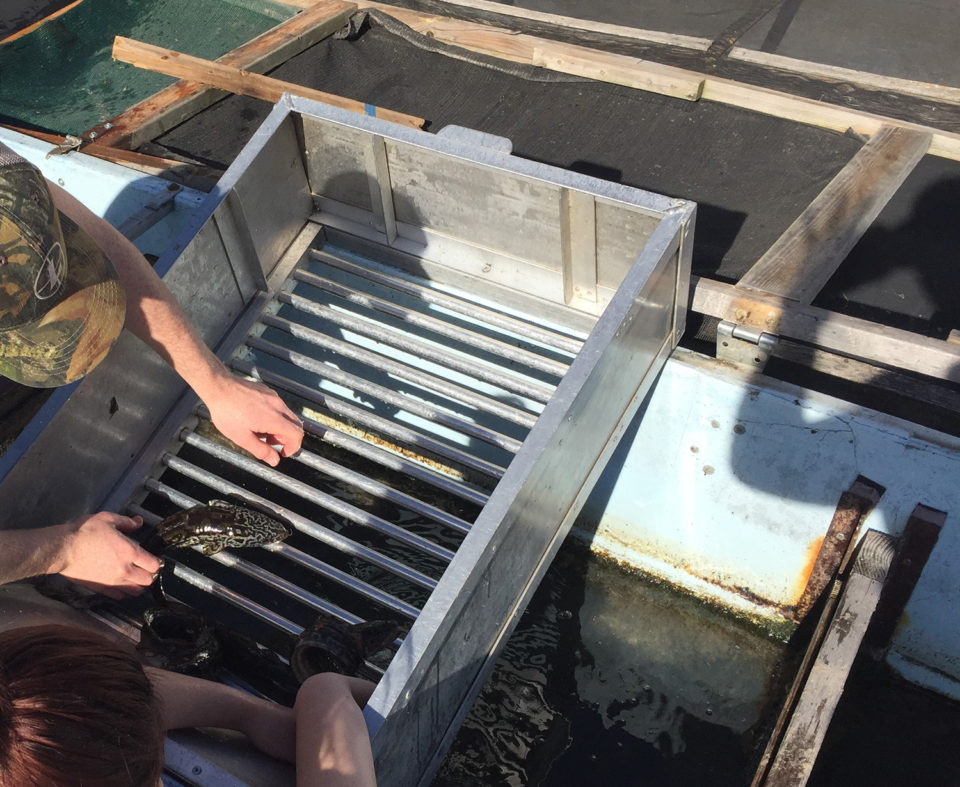
Another is the temperature regulation. For burbot spawning and egg incubation, temperatures below 5 degrees-C are critical, but once hatched the optimal temperature increases to 10 degrees-C and for grow-out, 15 degrees-C.
“We know we can produce these fish when they’re reared under the appropriate conditions. The main challenge is to get producers to start growing them and marketing them to the U.S. consumer,” he said.
The fish appear to accept aquaculture conditions, noted Gary Fornshell, aquaculture extension agent at the University of Idaho, adding that where burbot have been grown, mortality issues have not followed.
“We’ve had maybe one or two dying per month, so it seems they’re a quite hardy species,” he said. “But there’s a number of things that still have to be figured out. One of them is, what’s the best way to grow these animals? For example, they tend to congregate together at the tail end of the raceway, all on top of each other. In the evening they move throughout the water column but the rest of the time they hang out at the bottom. And they don’t feed the same as rainbow trout, so we’re trying different feeding methods.”
Ray agrees there’s still lots of work to be done to determine the viability of commercially farming burbot, particularly in regards to feed.
“We haven’t done any nutrition work except to find something they’ll live on,” he said. “We need to figure out if we can produce an economically viable diet for this species or if they’re going to be dependent on fishmeal. There are still a lot of questions to be asked – but no more than there were in the first years of the catfish industry.
“I’m sure if you have the right environment, burbot will be a good fish to grow. We just don’t know what that right environment is quite yet.”
Follow the Advocate on Twitter @GAA_Advocate
Now that you've reached the end of the article ...
… please consider supporting GSA’s mission to advance responsible seafood practices through education, advocacy and third-party assurances. The Advocate aims to document the evolution of responsible seafood practices and share the expansive knowledge of our vast network of contributors.
By becoming a Global Seafood Alliance member, you’re ensuring that all of the pre-competitive work we do through member benefits, resources and events can continue. Individual membership costs just $50 a year.
Not a GSA member? Join us.
Author
-

Lauren Kramer
Vancouver-based correspondent Lauren Kramer has written about the seafood industry for the past 15 years.
Tagged With
Related Posts
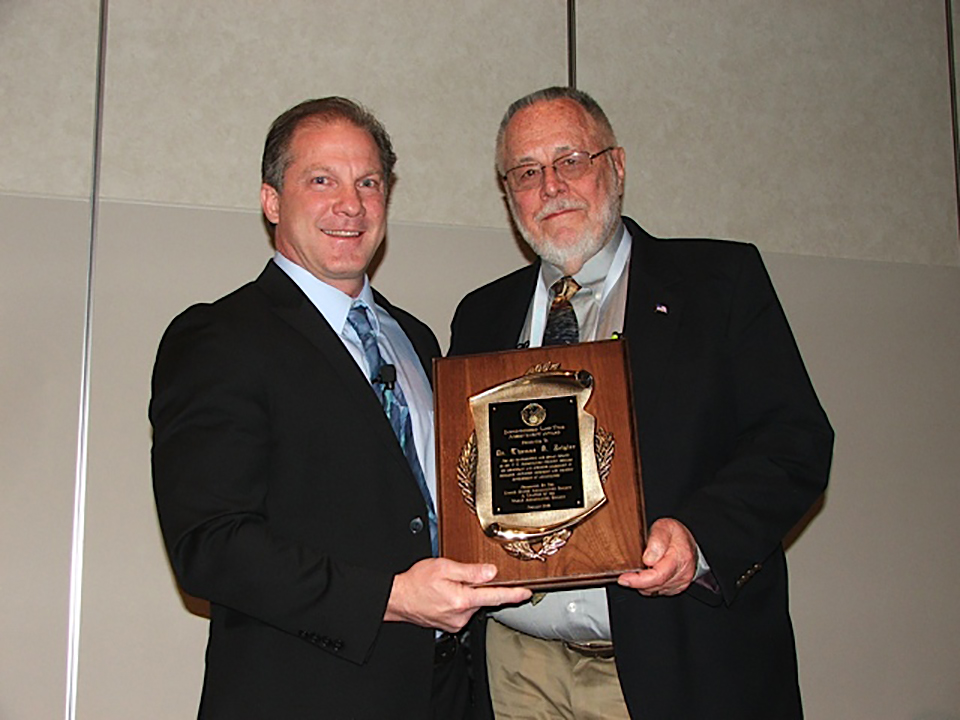
Aquafeeds
Aquaculture Exchange: Dr. Tom Zeigler
The World Aquaculture Society’s latest Lifetime Achievement Award recipient reflects on 50 years in the business of producing high-quality, nutritious feeds for the poultry, livestock and aquaculture industries.
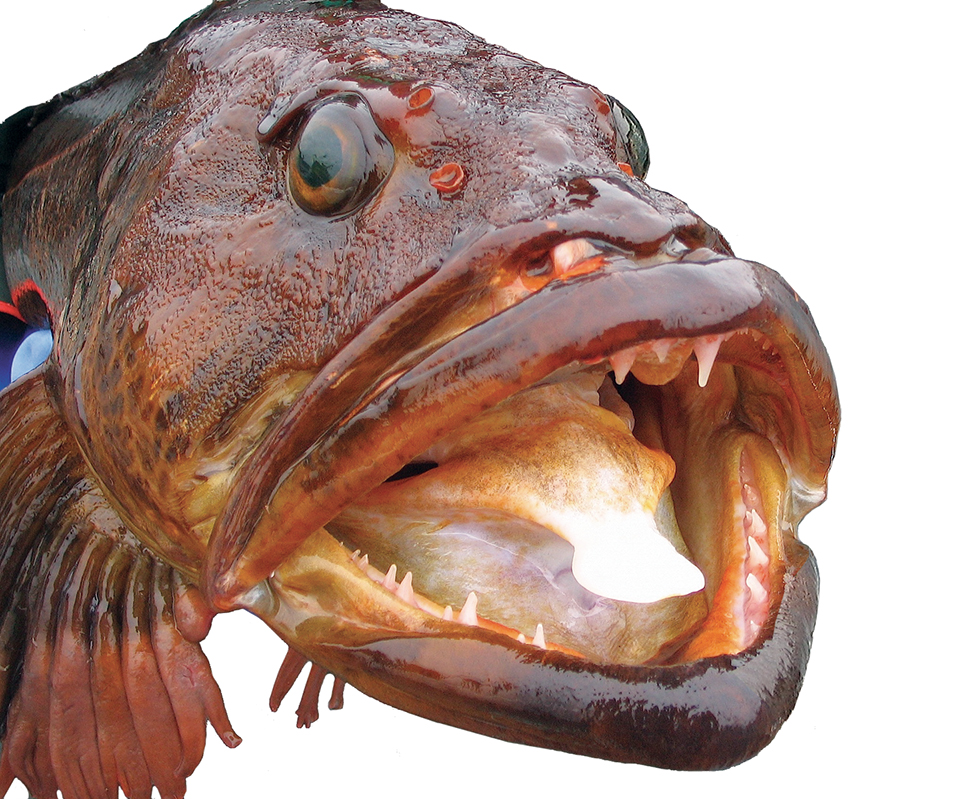
Responsibility
Lingcod stock enhancement under study as management tool in U.S. Pacific Northwest
The authors have begun a project to further investigate stock enhancement as a tool for rebuilding depleted lingcod stocks in Puget Sound in Washington, USA.
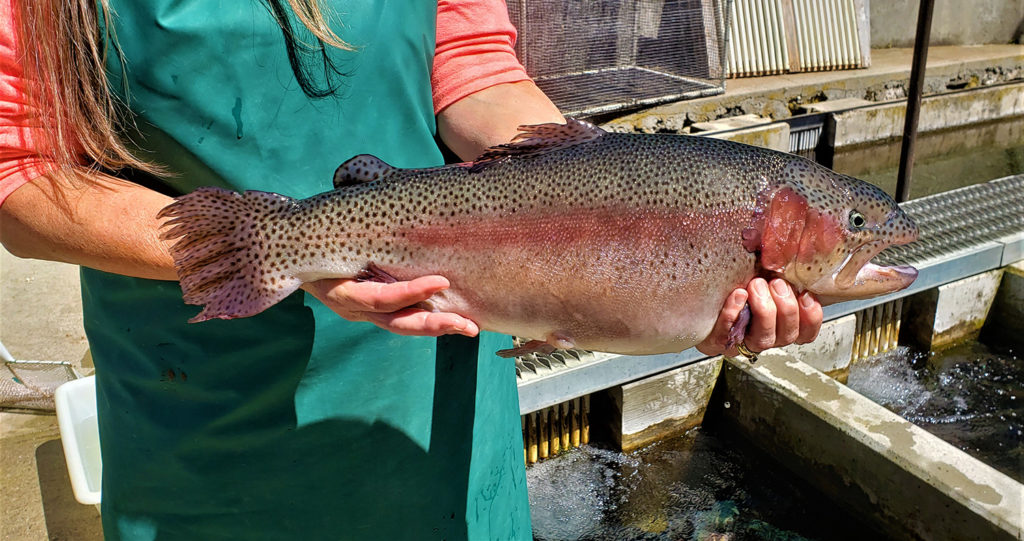
Aquafeeds
Vision of a vegetarian trout gets a bit clearer
Genetic selection research finds that vegetarian versions of rainbow trout can be raised on a cost-effective and fully plant-based diet.
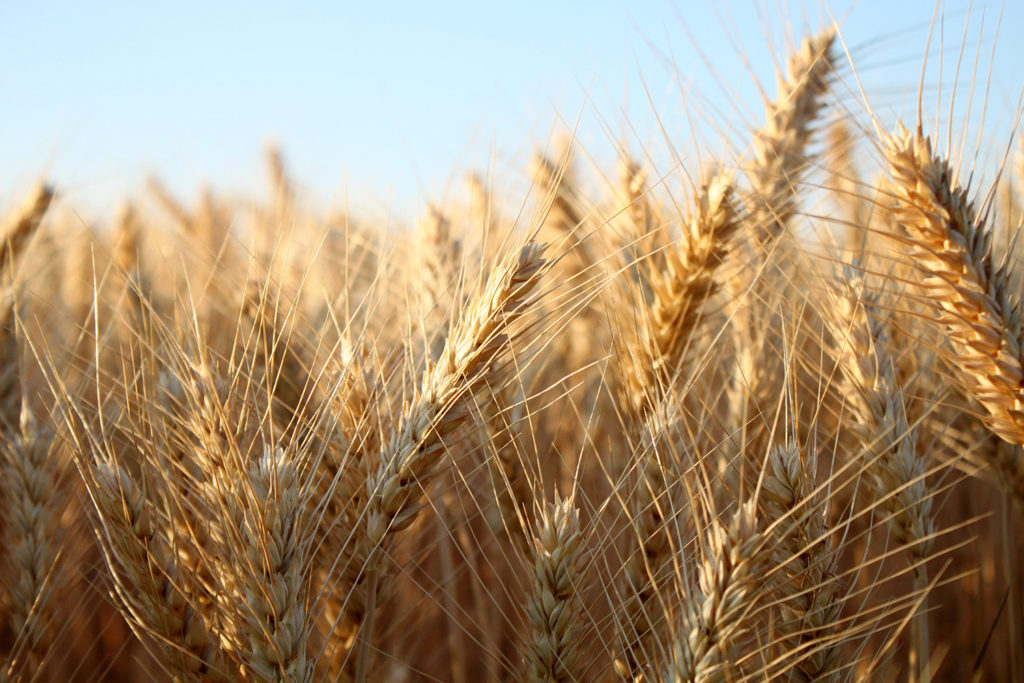
Aquafeeds
Montana firm putting barley on the alternative feed ingredient menu
Aquafeed manufacturers around the world seeking alternatives to fishmeal may soon be able to turn to an abundant and underutilized crop: barley.


